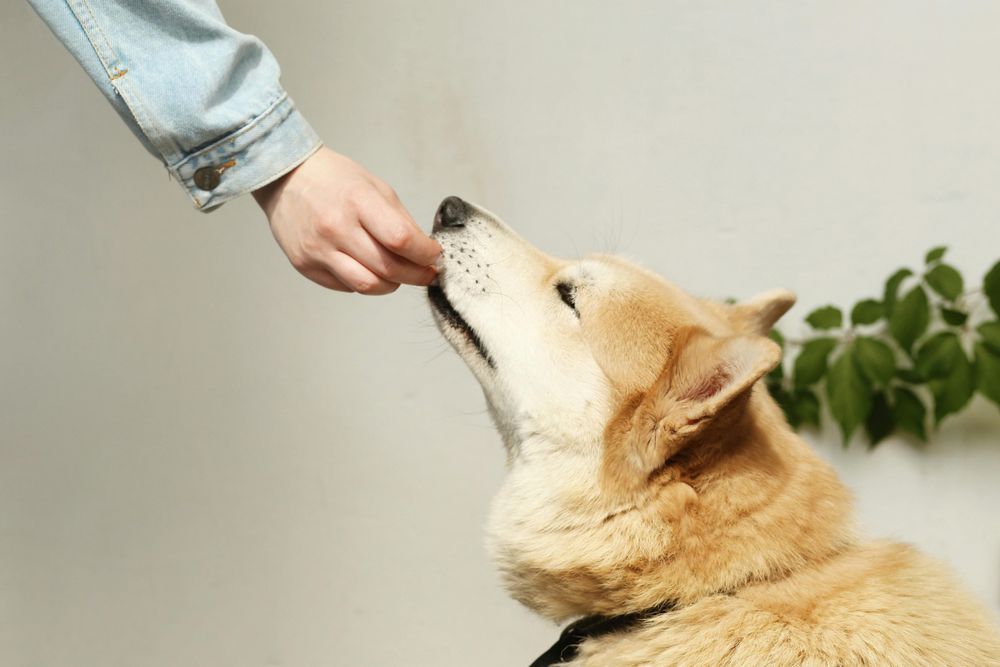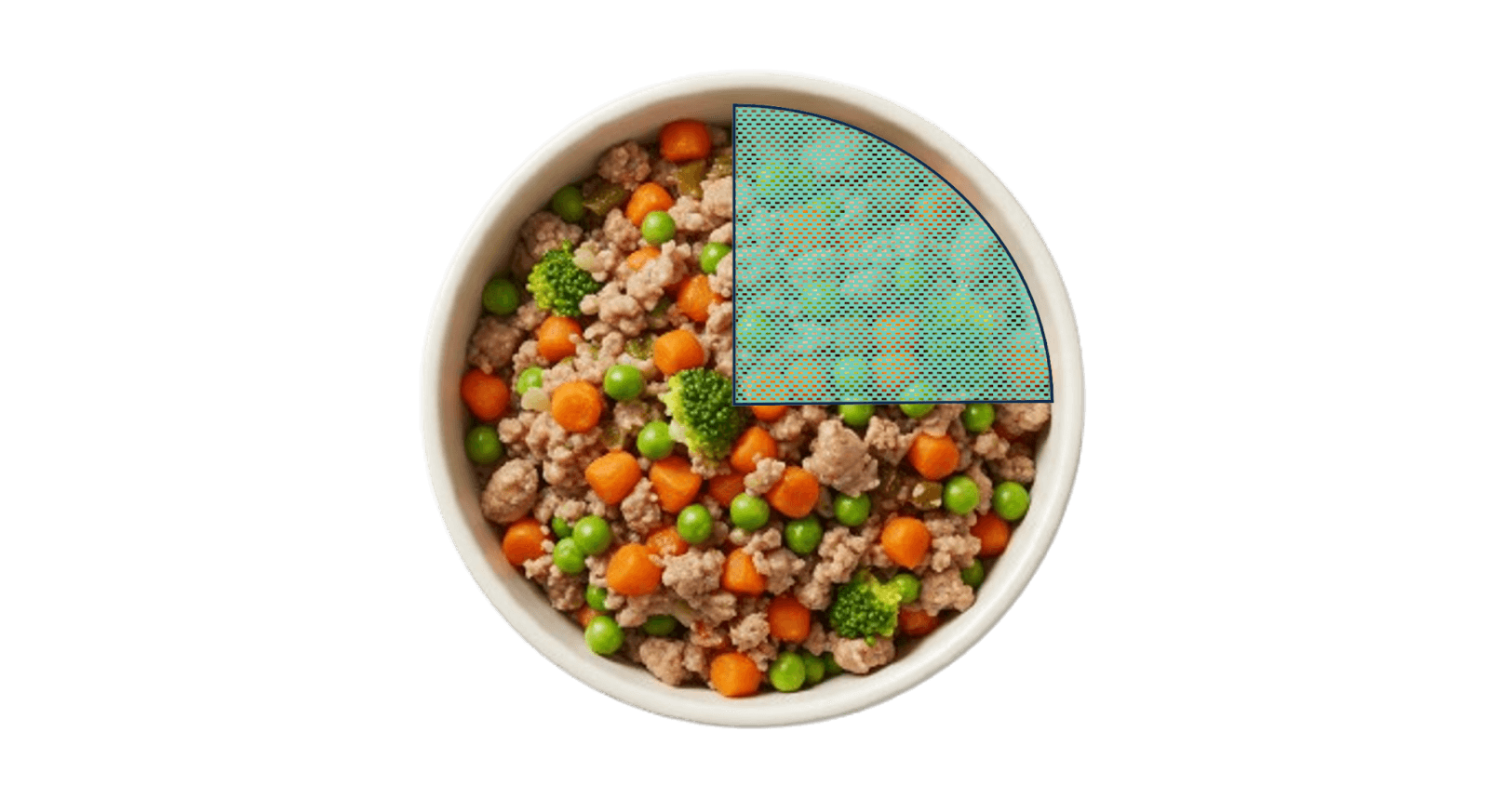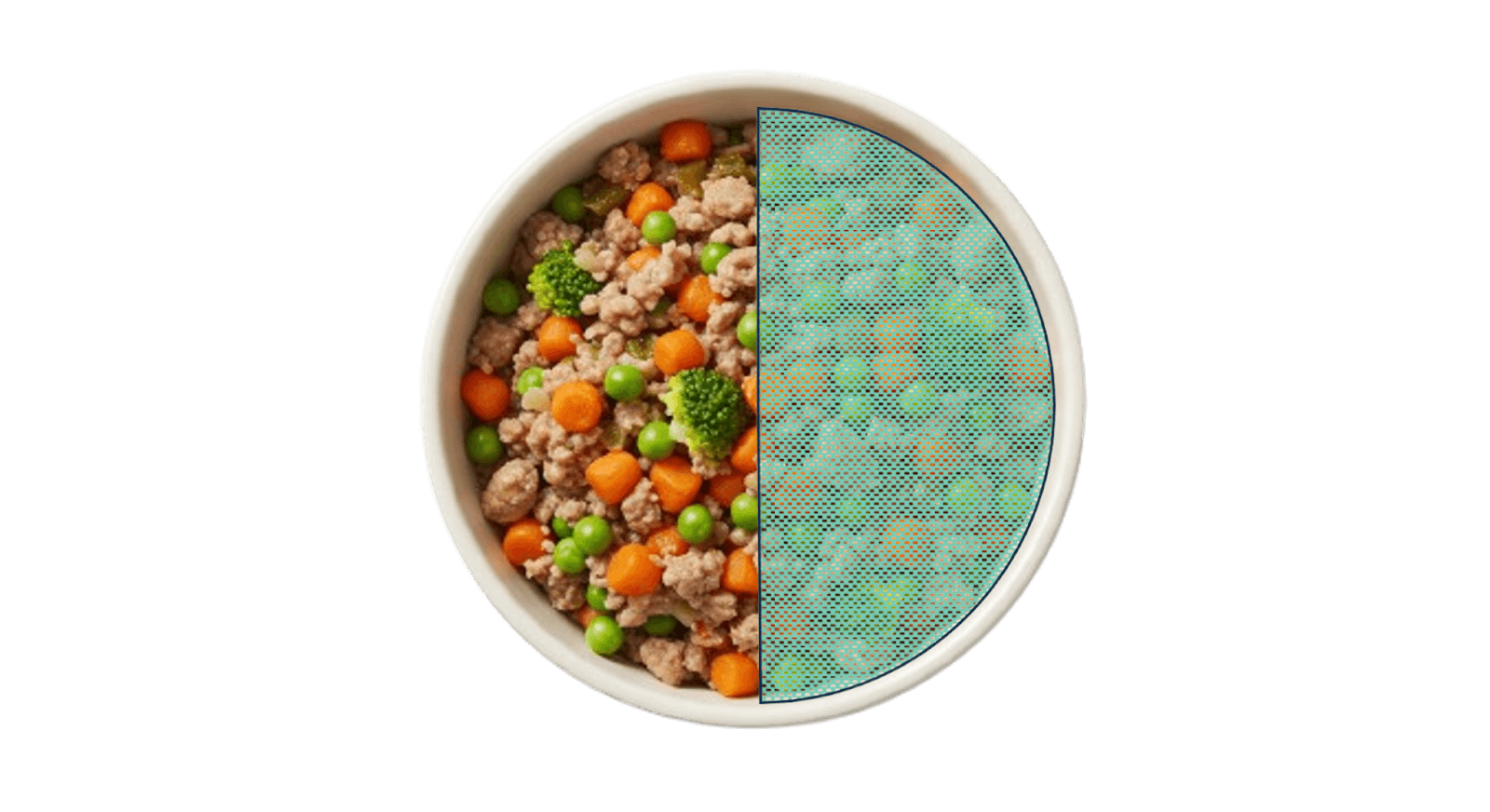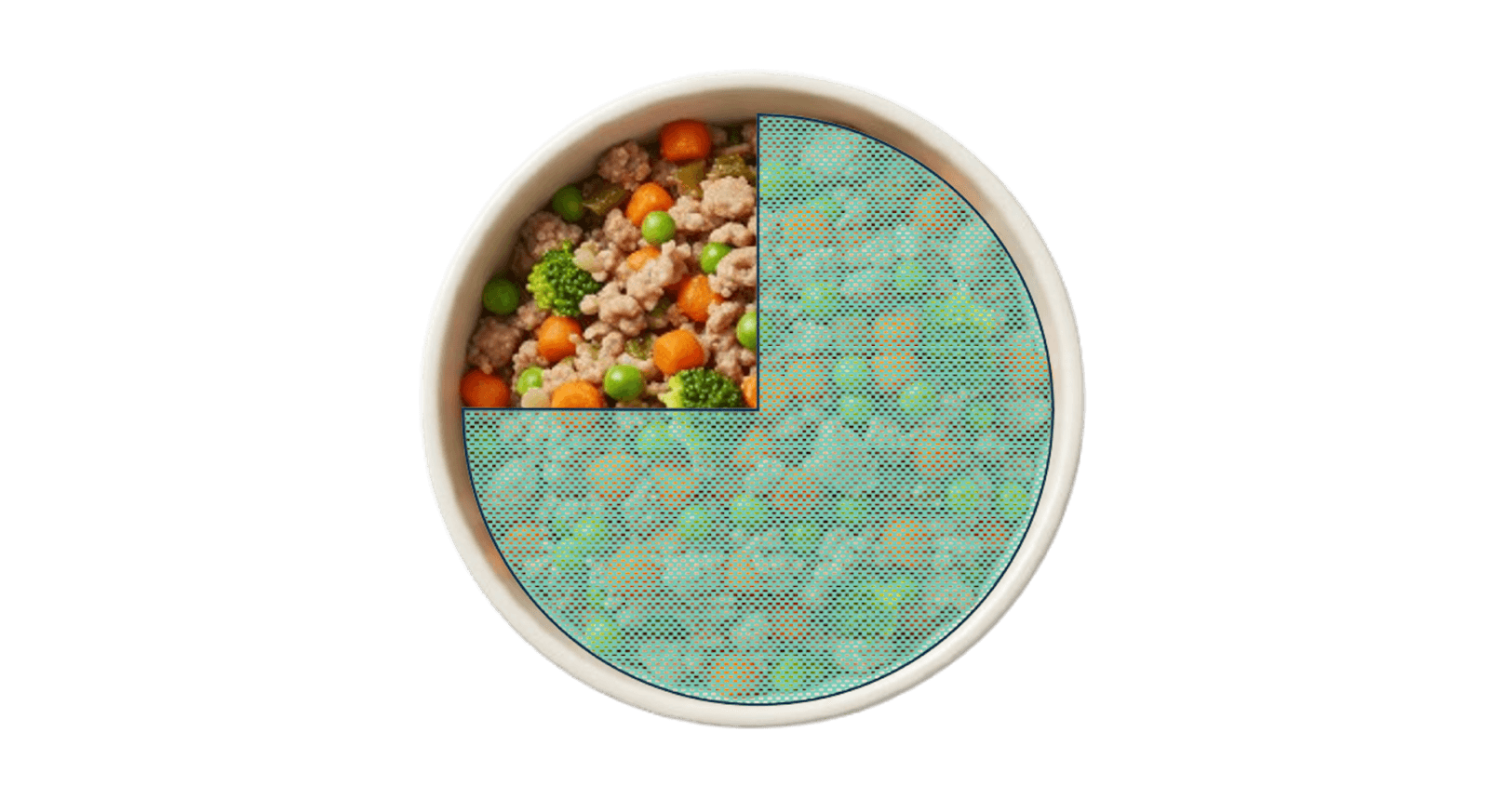
Transitioning Your Dog to a New Food: A Comprehensive Guide
Switching your dog's food is a common necessity for pet owners, whether due to age, health concerns, or simply a desire for better nutrition. However, this process requires careful planning and execution to ensure your furry friend's digestive system adapts smoothly. In this comprehensive guide, we'll explore the ins and outs of transitioning your dog to a new food, covering everything from why it's important to how to handle potential challenges along the way.
Why Transition Slowly?
Abruptly changing your dog's diet can lead to gastrointestinal issues such as upset stomach, vomiting, and diarrhea. Dogs, like humans, are creatures of habit, and their digestive systems need time to adjust to new ingredients and formulations. A gradual transition allows your dog's gut microbiome to adapt, reducing the risk of digestive upset and increasing the likelihood of a successful switch.
When to Change Your Dog's Food
There are several reasons you might need to change your dog's diet:
- Age: Puppies transition to adult food around their first birthday, while senior dogs (typically around age seven) may benefit from a senior formula.
- Weight Management: If your dog needs to gain or lose weight, your veterinarian might recommend a specific formula.
- Activity Levels: Dogs with high activity levels or those participating in sporting events may require a higher protein and calorie diet.
- Health Concerns: Certain health conditions may necessitate a switch to a therapeutic diet.
- Food Intolerance: Sometimes, dogs develop intolerances to certain ingredients over time.
The Transition Process
Most experts recommend a transition period of 7-10 days. Here's a general guideline for the transition process:
Days 1-2:
Mix 25% new food with 75% old food.

Days 3-4:
Increase to 50% new food and 50% old food.

Days 5-6:
Mix 75% new food with 25% old food.

Day 7 and onward:
Feed 100% new food.

It's important to note that this is a general guideline. Some dogs may require a longer transition period, especially if they have sensitive stomachs or are particularly finicky eaters.
Tips for a Successful Transition
Start Small
Begin by introducing a small amount of the new food mixed with the old. This allows your dog to get accustomed to the new flavors and textures gradually.
Monitor Your Dog
Pay close attention to your dog's behavior, energy levels, and bowel movements during the transition. If you notice any concerning changes, slow down the process or consult your veterinarian.
Be Patient
Some dogs may take longer to adjust. If needed, extend the transition period to 14 days or more.
Maintain Routine
Keep your regular feeding schedule and location consistent during the transition. This can help reduce stress associated with the change.
Consider Wet Food
If your dog is reluctant to try the new food, consider adding a small amount of wet food as a topper to increase palatability.
Choose Similar Formulas
When possible, choose a new food that's similar in ingredients and nutritional profile to the old food. This can make the transition easier on your dog's digestive system.
Potential Challenges and Solutions
Even with a careful transition, some dogs may experience issues. Here are some common problems and how to address them:
Refusal to Eat
If your dog refuses the new food, try these strategies:
- Let them get hungry (for healthy adult dogs only).
- Use a meal topper to entice them.
- Try a different flavor or brand that's more appealing to your dog.
Mild Diarrhea
If your dog develops mild diarrhea:
- Return to the old diet for a few days until stools normalize.
- Try adding plain canned pumpkin to the food for its fiber content.
- Consider giving a probiotic supplement.
Excessive Gas
Some gassiness is normal during a diet change. If it persists:
- Give it a few days, as it often improves on its own.
- Try a nutritional supplement designed to reduce gas.
When to Consult Your Veterinarian
While most transitions go smoothly, there are times when you should seek professional advice:
- If your dog develops severe diarrhea or starts vomiting.
- If mild symptoms persist for more than a couple of days.
- If your dog refuses to eat for more than two days.
- For any concerns about transitioning puppies or dogs with existing health conditions.
Special Considerations
Puppies and Senior Dogs
Puppies and senior dogs may require special considerations when changing diets. Always consult with your veterinarian before making significant changes to their diet.
Dogs with Health Conditions
If your dog has a specific health condition, such as diabetes or kidney disease, work closely with your veterinarian to ensure the new diet meets their nutritional needs.
Picky Eaters
For particularly finicky dogs, you may need to extend the transition period or try different strategies to encourage acceptance of the new food.
The Importance of Quality Nutrition
When selecting a new food for your dog, consider factors such as:
- Age-appropriate formulation
- High-quality protein sources
- Balanced nutrients
- Absence of artificial preservatives or fillers
Remember, what works for one dog may not work for another. It's essential to choose a food that meets your dog's individual needs and preferences.
Transitioning your dog to a new food doesn't have to be a stressful experience. By following a gradual transition plan, monitoring your dog closely, and being patient, you can help ensure a smooth switch to a new diet. Remember, every dog is unique, and what works for one may not work for another. If you encounter any difficulties or have concerns during the transition process, don't hesitate to consult with your veterinarian. With the right approach, you can provide your furry friend with the nutrition they need for a happy, healthy life.